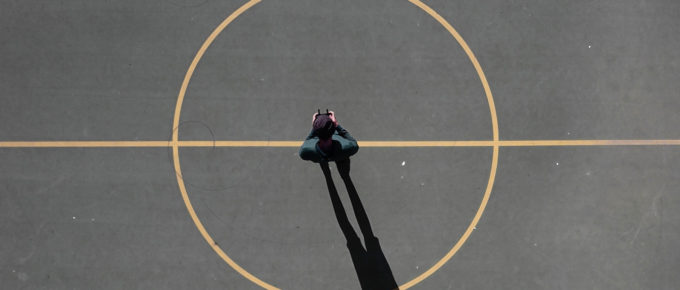I have been down the rabbit hole, exploring my process of note taking, systems and organizing over the last few weeks. It has been an intensive and extensive journey, and one that I have detailed here. It started with a frustration with the continued dysfunction of my files and references, and expanded into a more general indictment of how I take notes. Sönke Ahrens’ “How to Take Smart Notes” provided some valuable prompts about what is possible with notes, and in particular underscored for me an essential function that I had long been ignoring. I find myself at a solution that I believe will work for me, which is what each of us needs to find. What I’ve learned may not serve you directly, but it may offer some insights for your own journey.
And So We Come Full Circle
It is a little astonishing how this happens. You start with a problem, work back to first principles, figure out how to proceed forward and then find yourself back in the same vicinity of where you left off. In my case, I started with a systems problem around files that turned into a much broader exploration of notes, ideas, thinking and how I work. Now that I’ve landed on most of an approach that I think can work for me, I’m trying to figure out how to manage and organize that in reality. This brings us right back to software and systems, and the realization that what I hope to do may not be quite so easy as I had anticipated.
Intersections, Boundaries and Barriers
My thinking about notes has hit a bit of a wall. I thought that might simply be the normal resistance to change and shifting to a radically different way of working. As it turns out, there are some larger underlying problems that remain unresolved that my subconscious has clearly been wrestling with. The theoretical simplicity of the slip-box hides some potential complexities as I start to consider its actual practical application. This might just be a product of the kind of work that I do and how I approach it. I’m not wholly sure of that, however, so in the interests of radical disclosure I’m sharing my thinking process.
Building a Second Brain
What if you never forgot anything? Consider what it would mean to remember every idea you have ever come across, and where it originally came from. Even better, imagine building on that knowledge to identify ideas you want to explore, papers you want to write, research you want to do or projects you want to pursue. Sound far-fetched? Perhaps. But an obscure (to most of us) sociologist named Niklas Luhmann devised a system to support doing exactly this. The essence of the system is absolute simplicity. This isn’t to say that actually building one doesn’t involve some significant complexity and work.
Rethinking, Restructuring and Reflection
Our notes and systems are how we make sense of the world, of ourselves and of our work. For the most part, my note-taking and information retrieval has lurched from project to project. My method of writing has focused on what I need to produce now. I have a method—or at least a notion of an approach—that works for me, despite largely being internal, abstract and fuzzy. Once I know what I am doing, I can usually get it done, and done well. Until then, precious little of value is likely to be produced. I’m coming to terms with the fact that regardless of my track record to date, this might not be the most efficient way of getting things done.
What Are Notes For?
Notes are the ephemera of our lives. Theoretically short-term and transitory, they have become on-going collections of thoughts, scrawls, screeds and snippets of information. By attempting to manage my notes and maintain my records, I’ve gotten good at two dimensions: keeping track of the minutiae of my day, and hoarding the articles, papers and books that I find interesting and meaningful. Where I struggle is in bridging the gap. Notes are about more than just day-to-day musings and lists. References aren’t just there to look pretty on a shelf (really, they’re not). Finding a way to make and sustain meaningful connections between them is an essential challenge.






